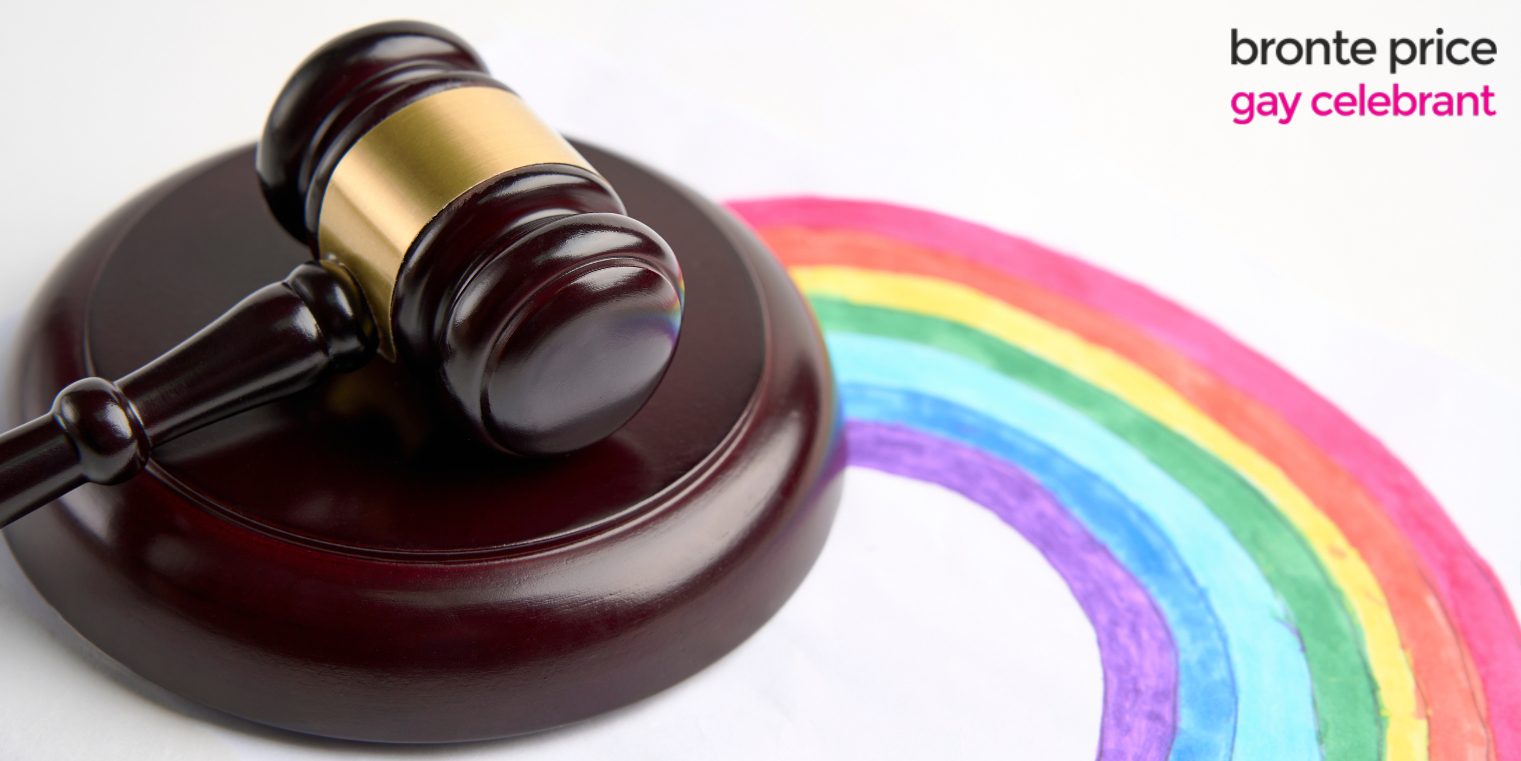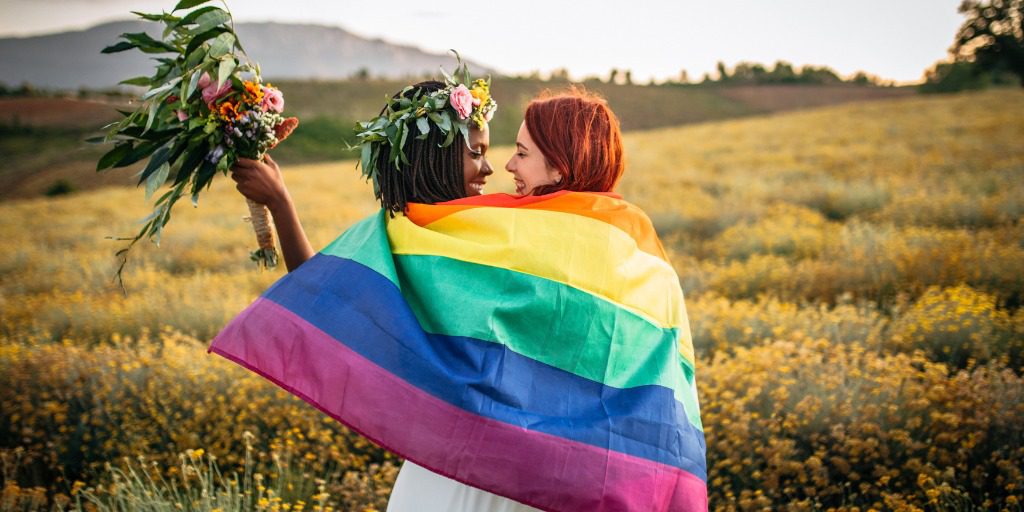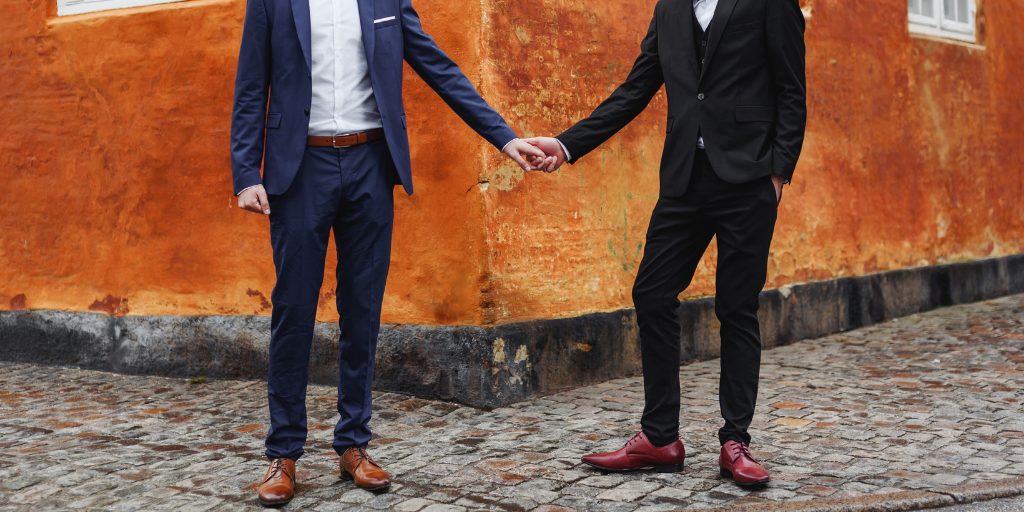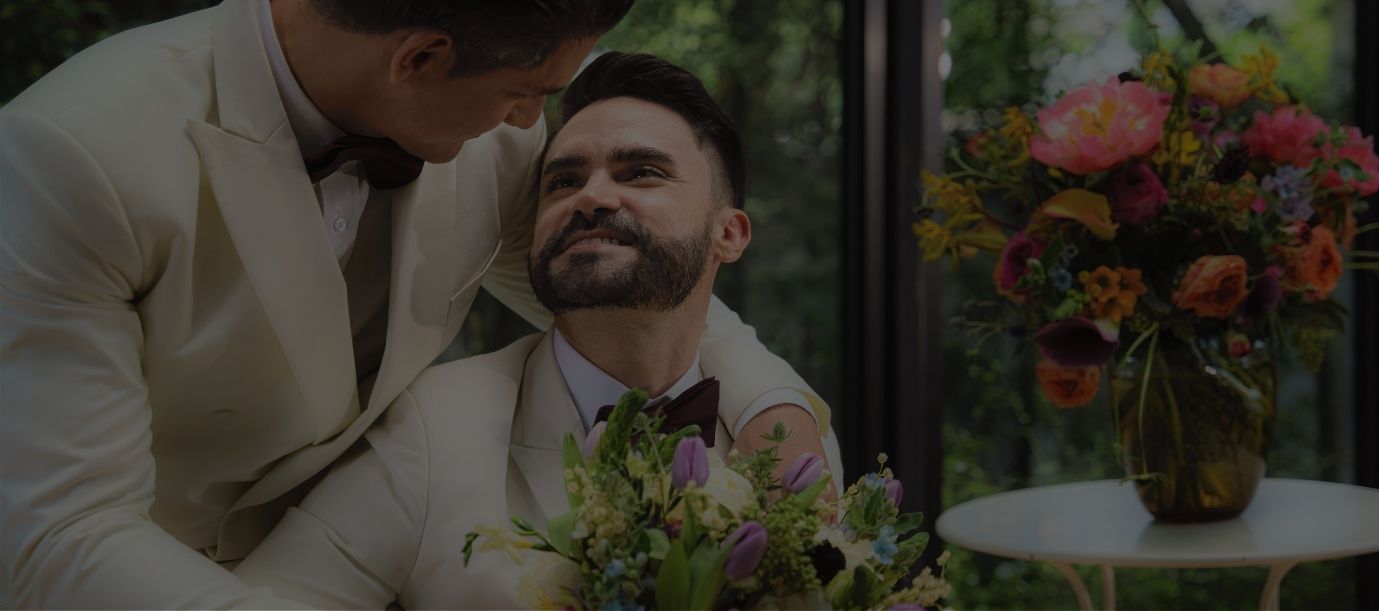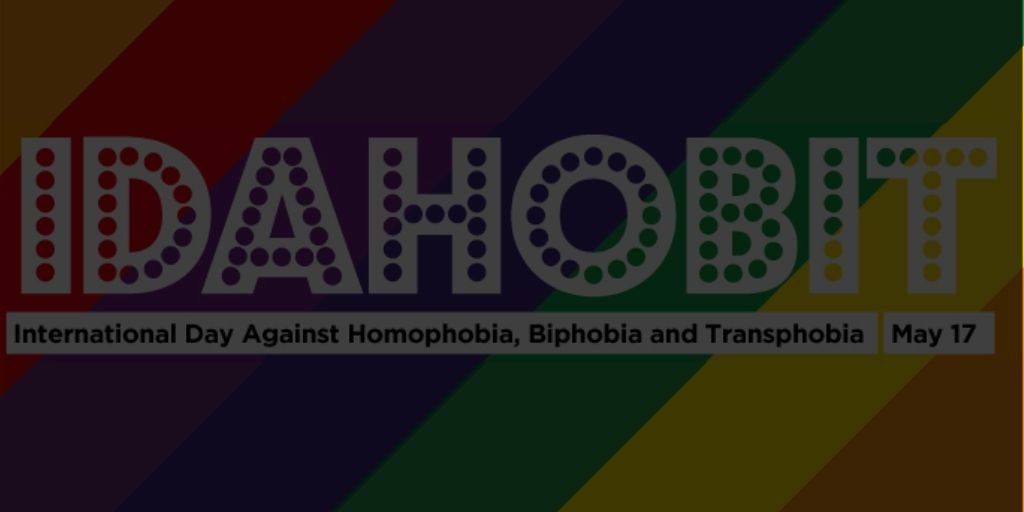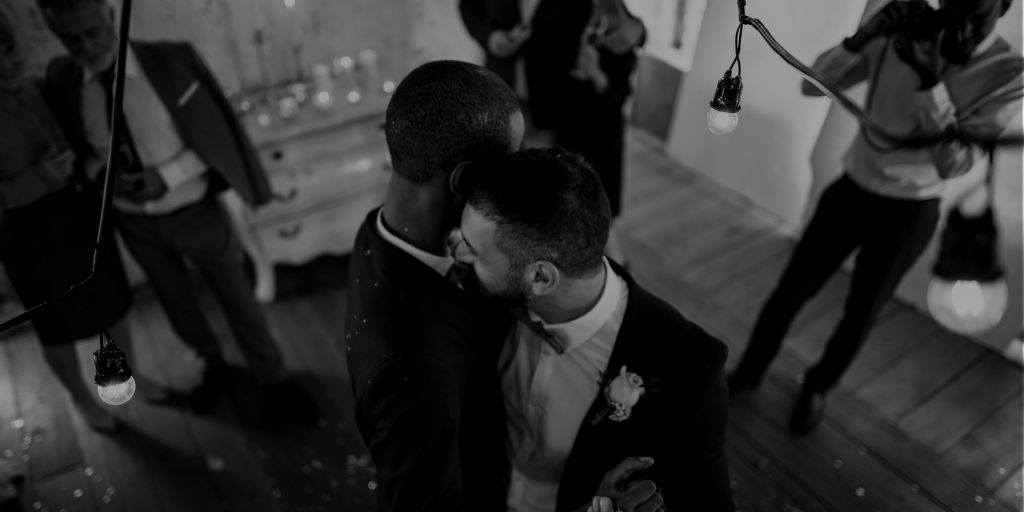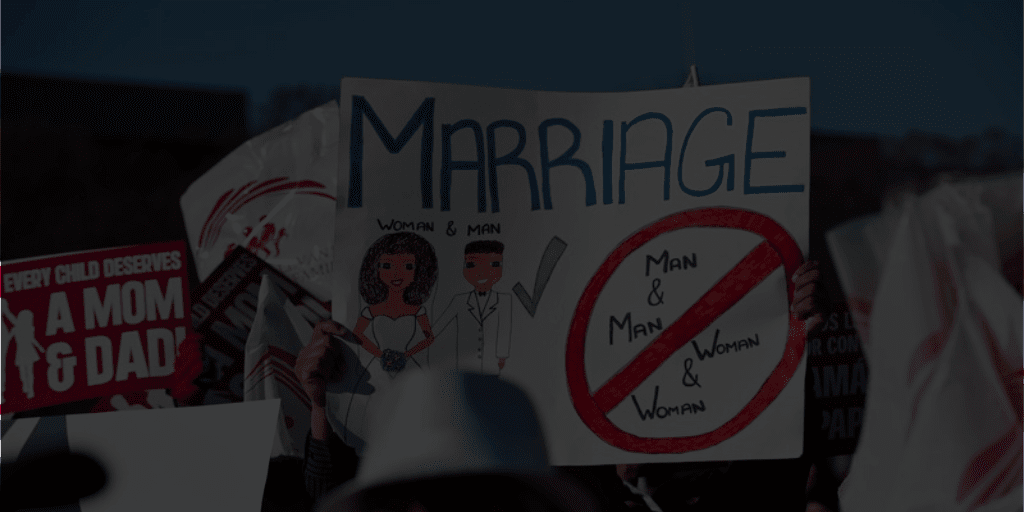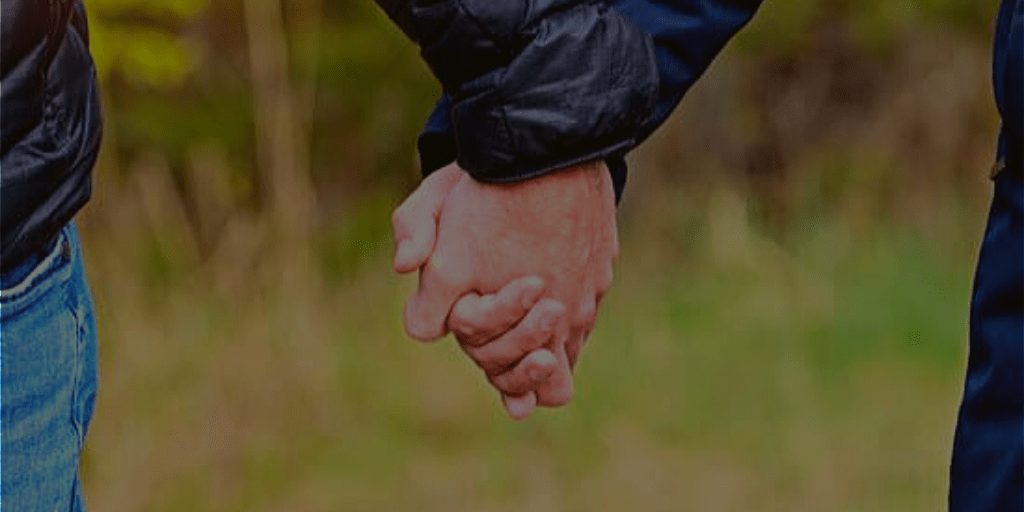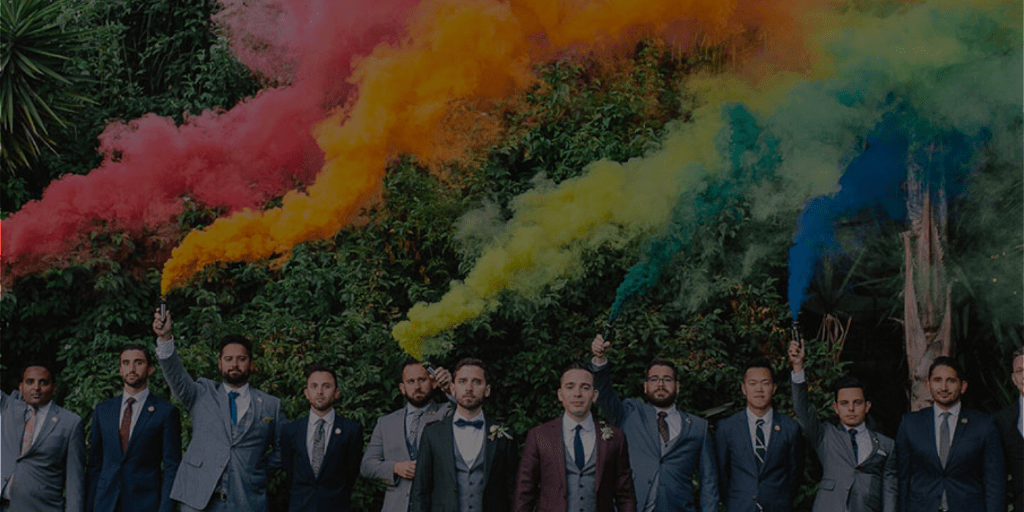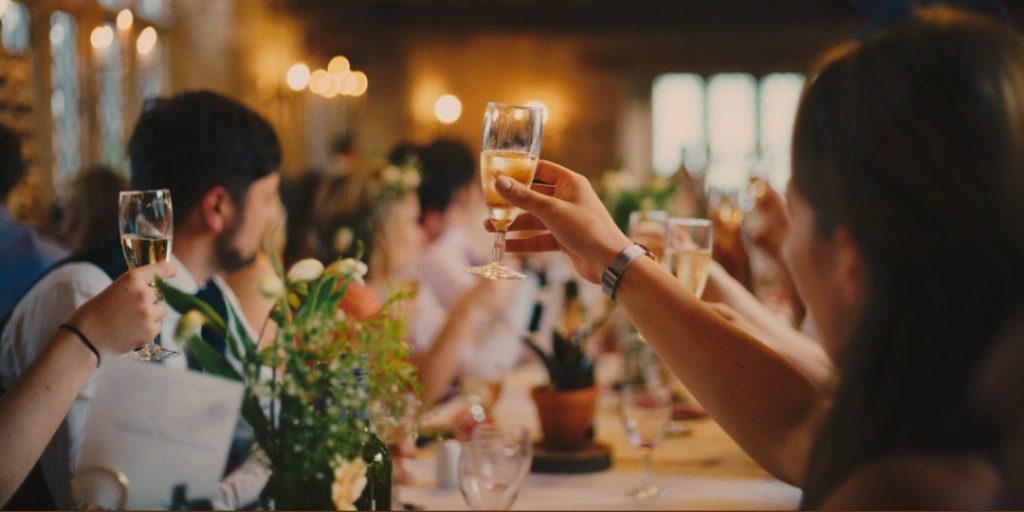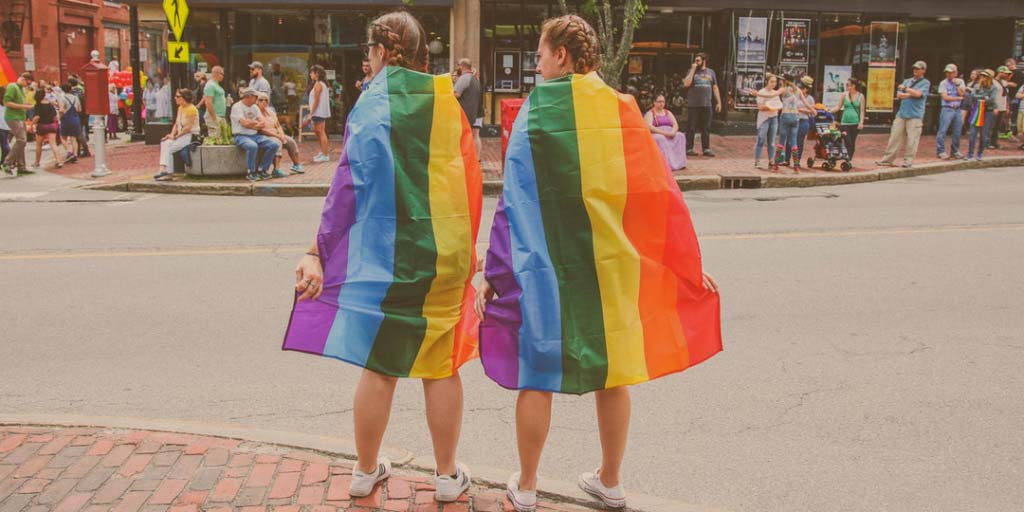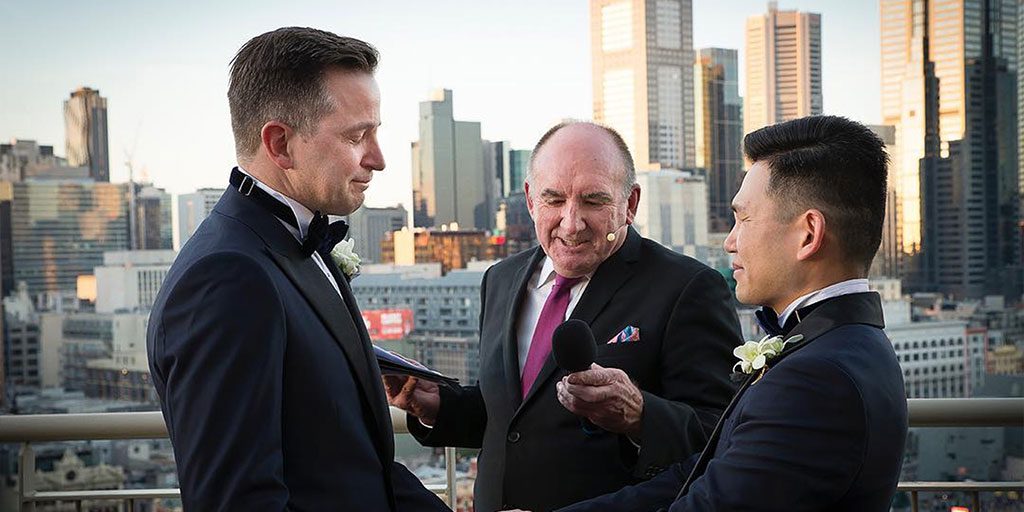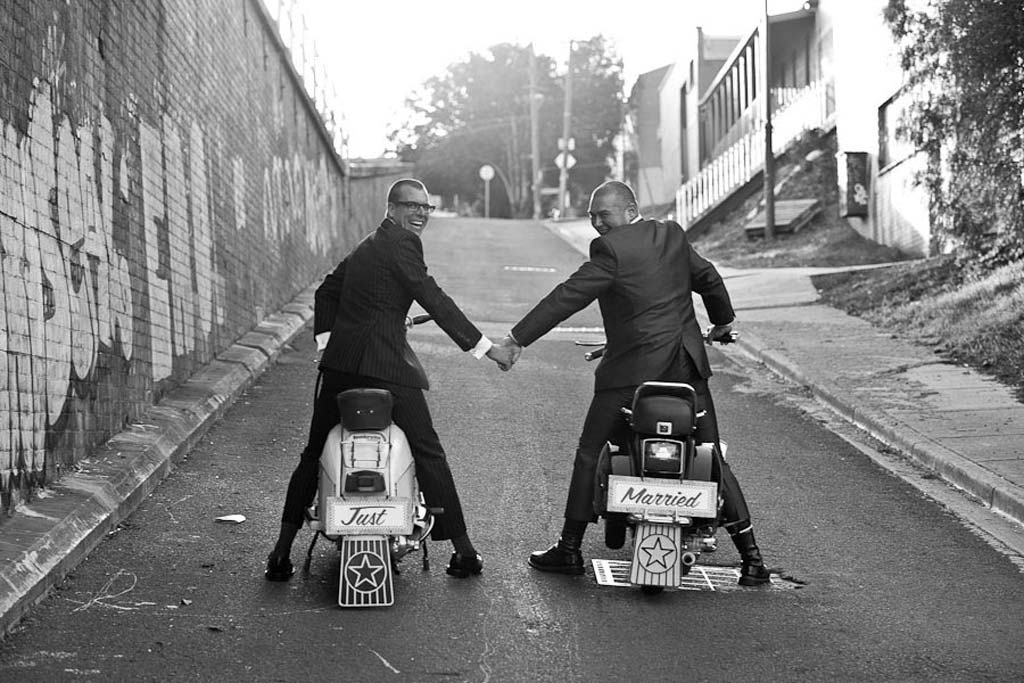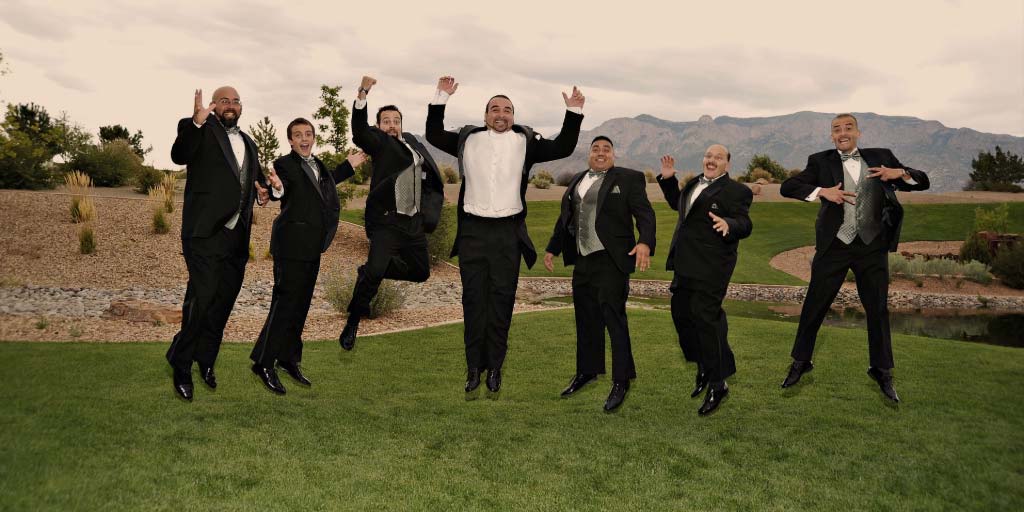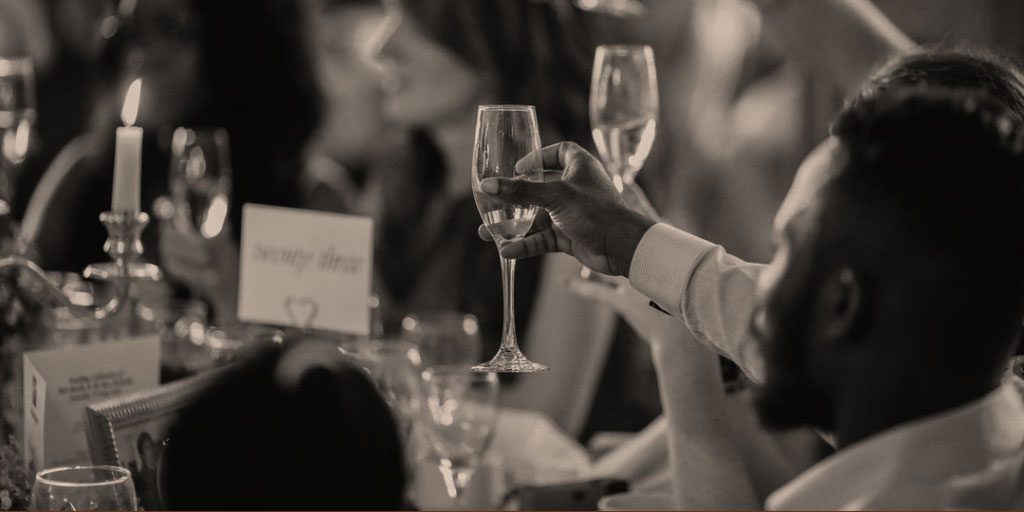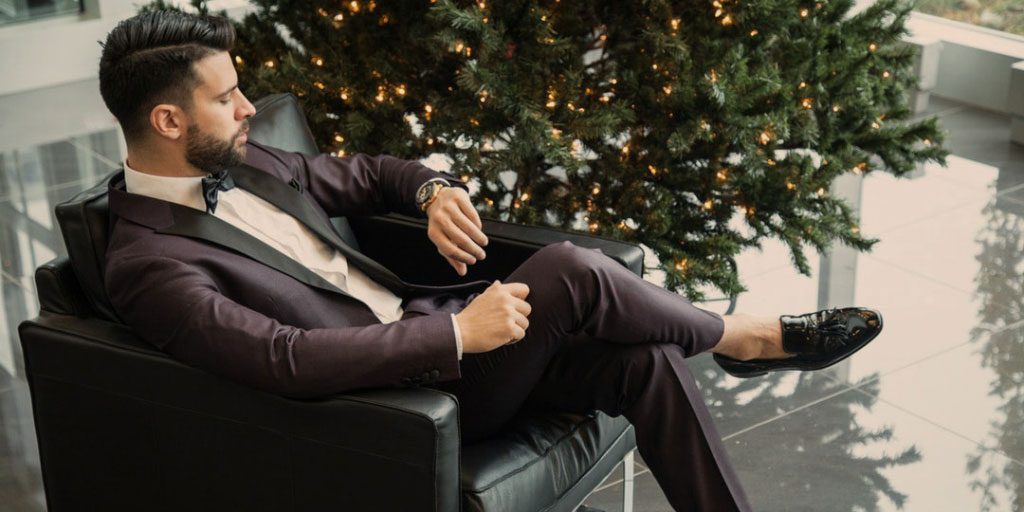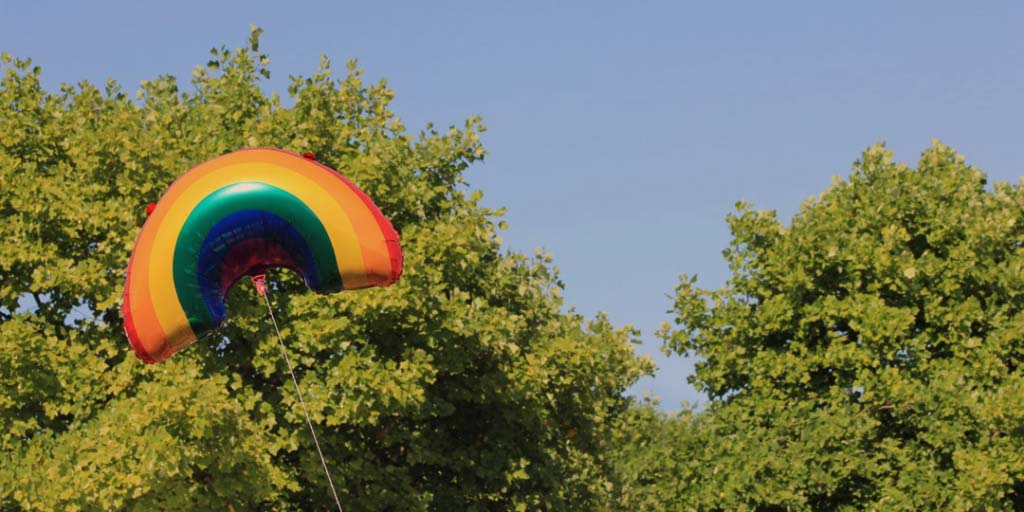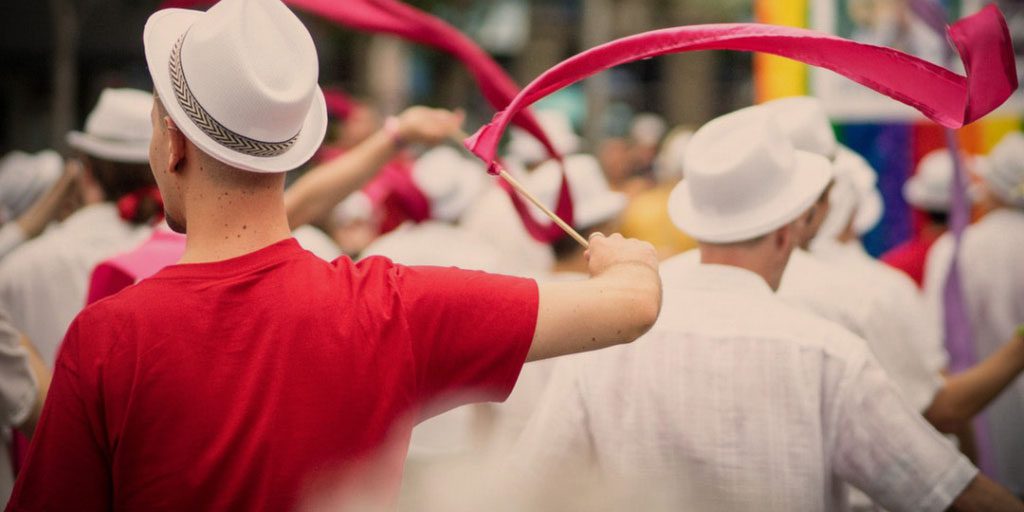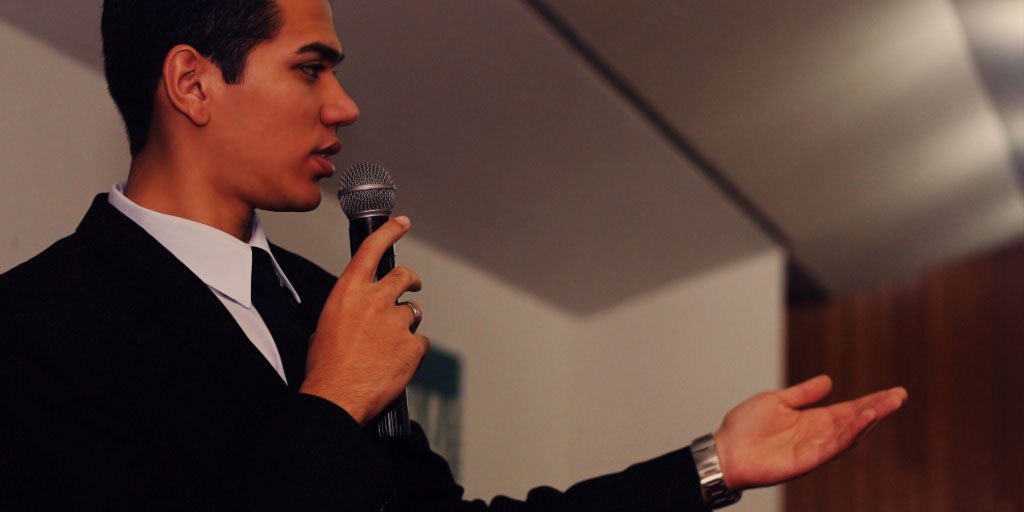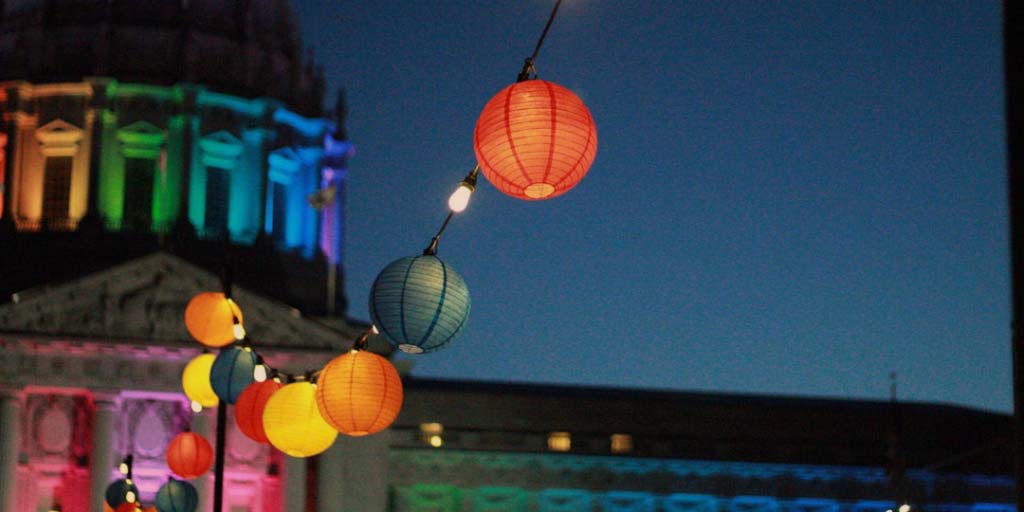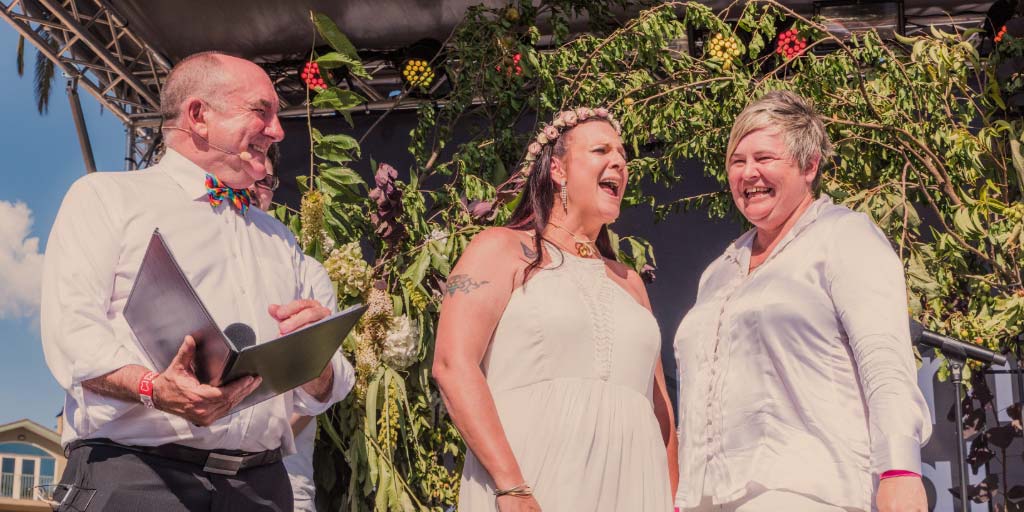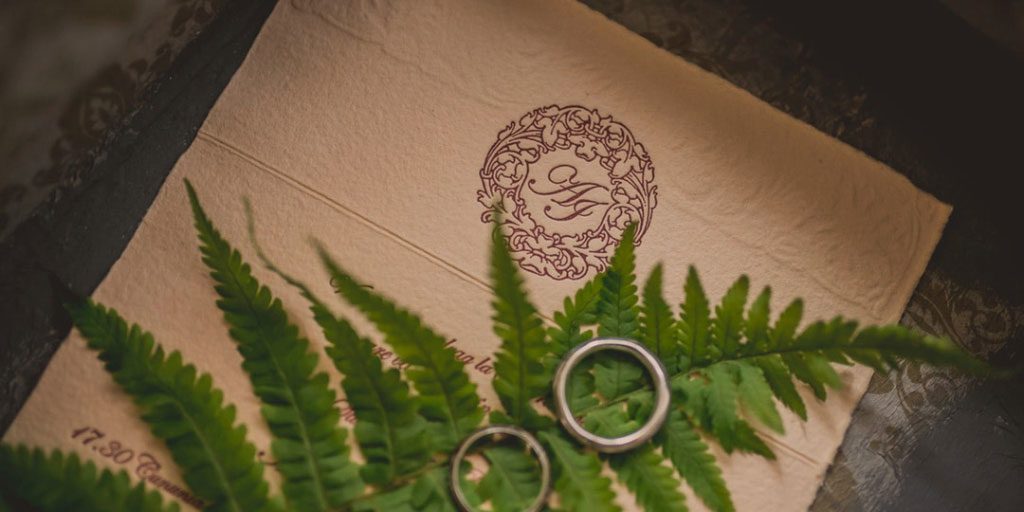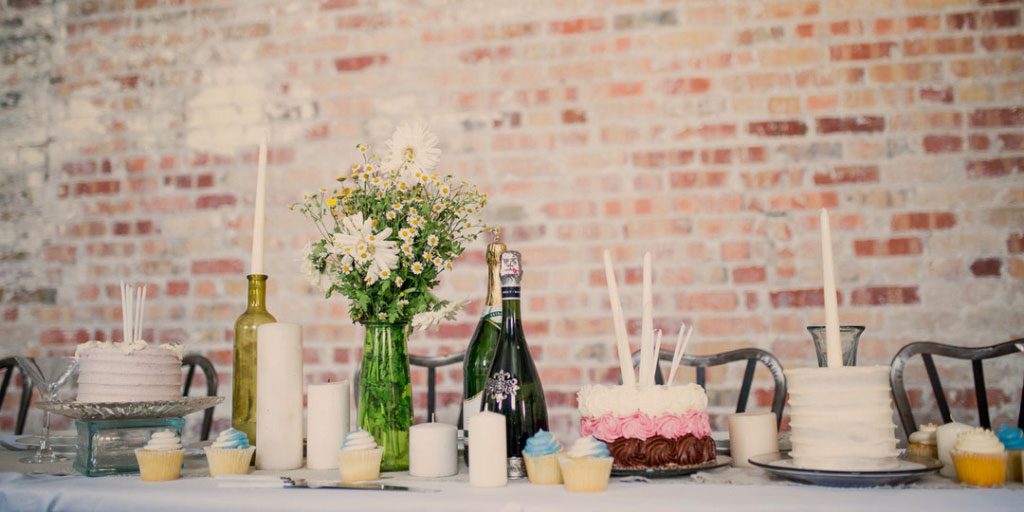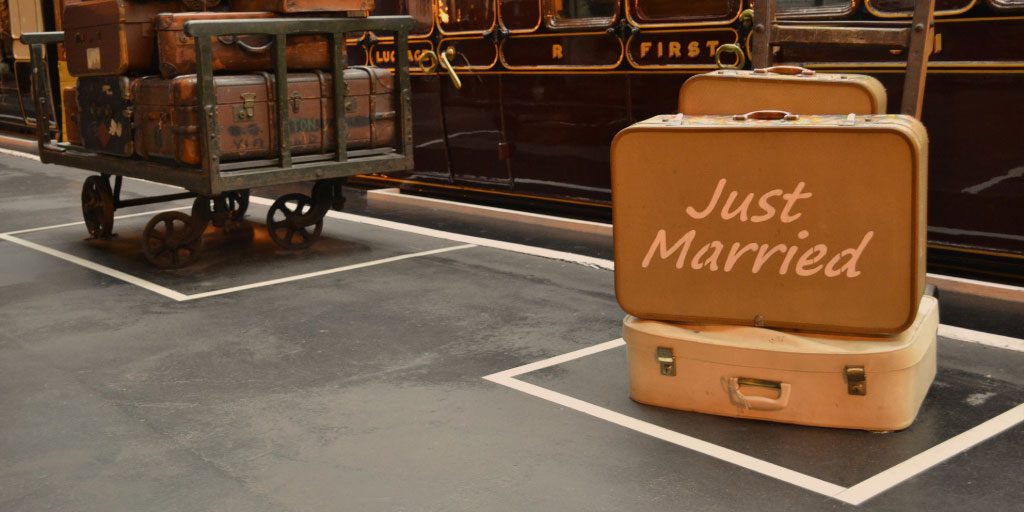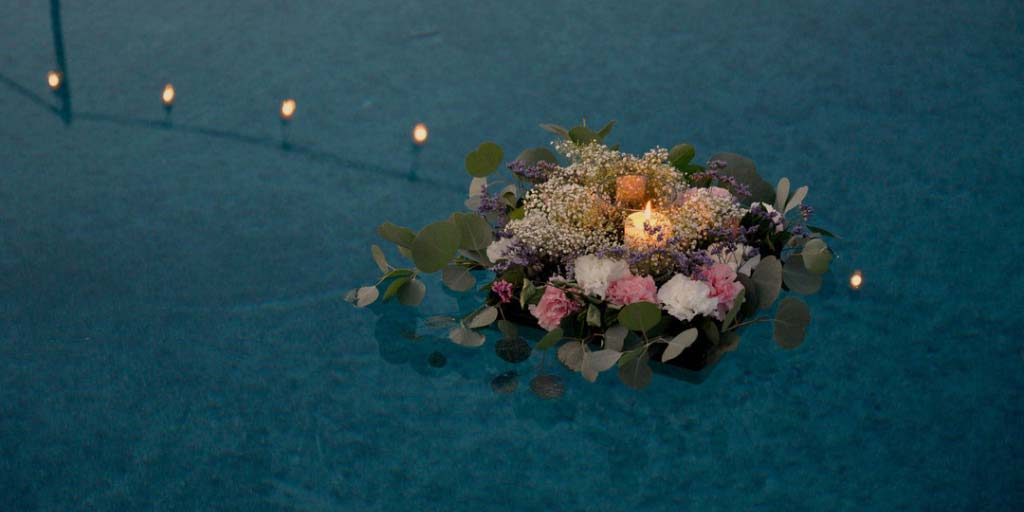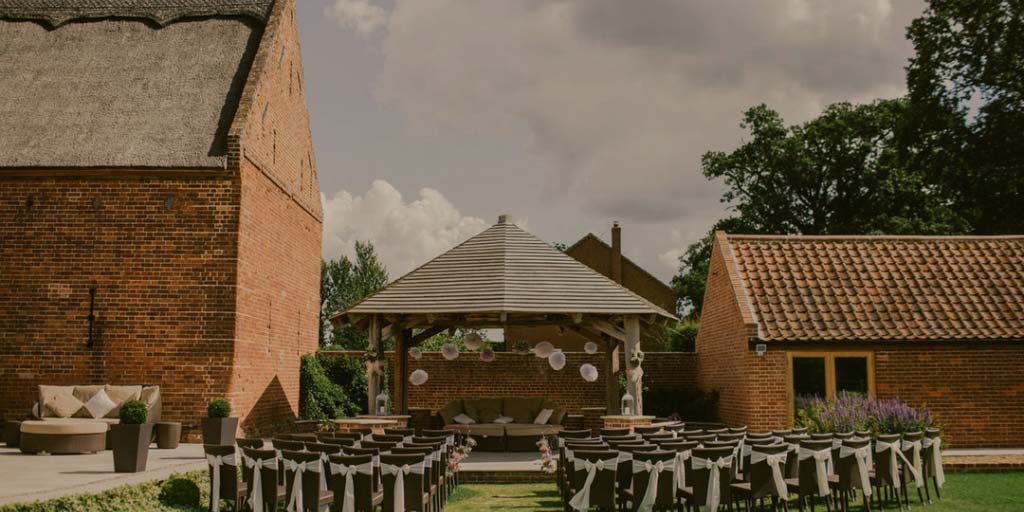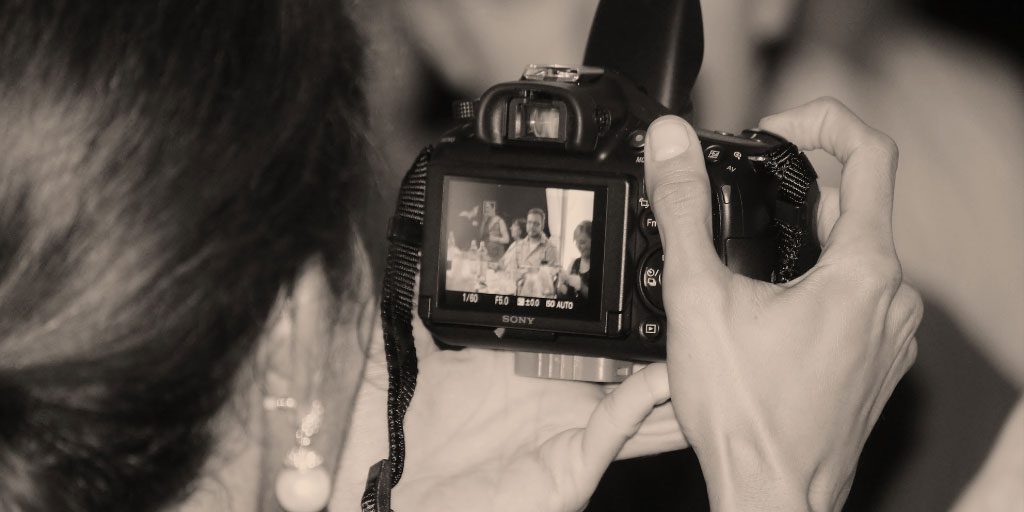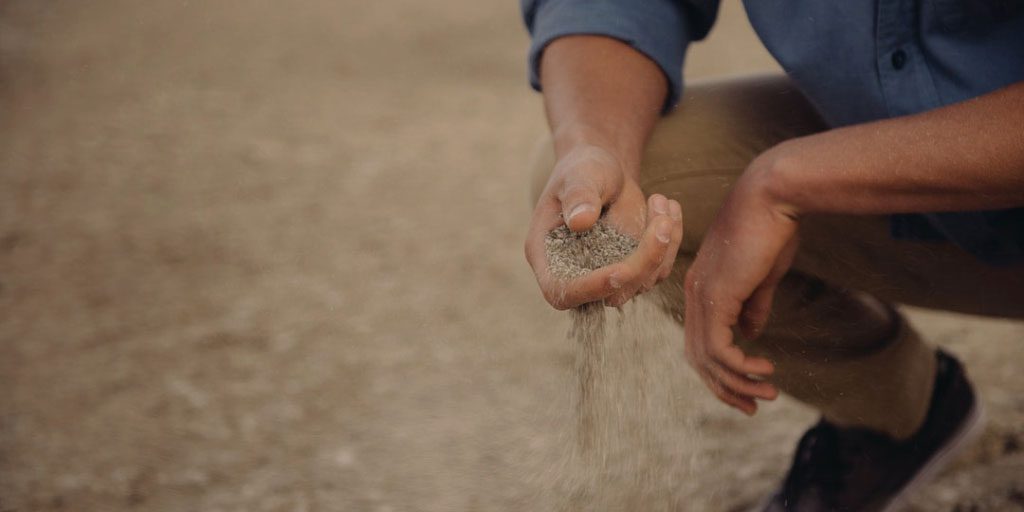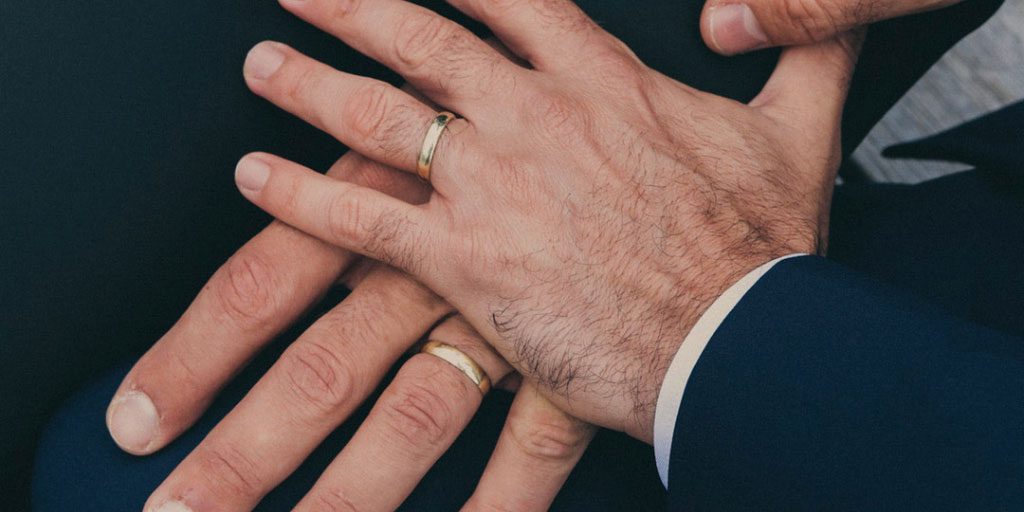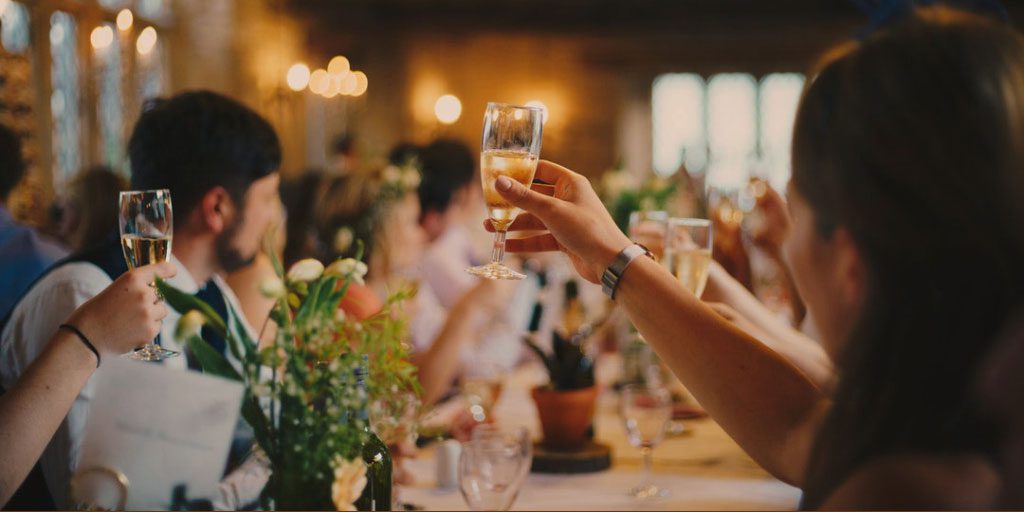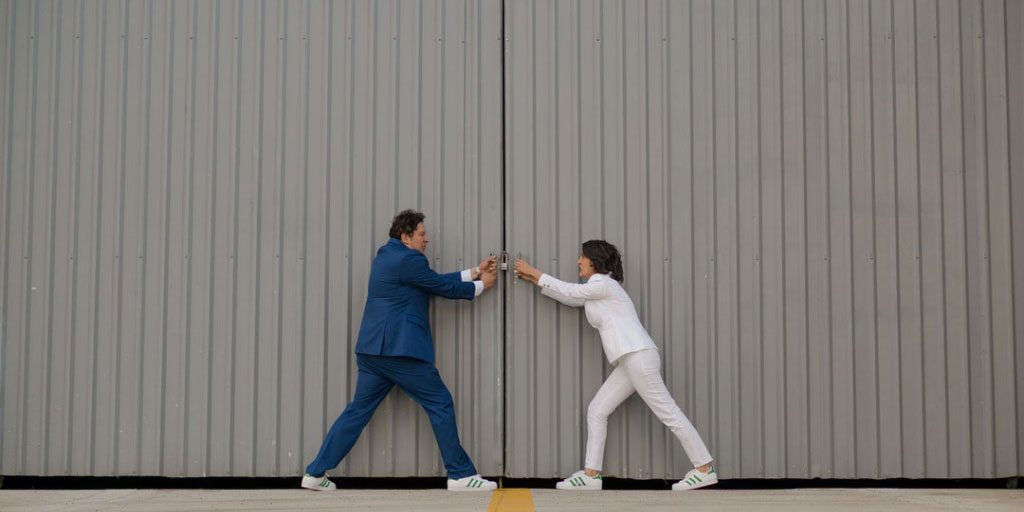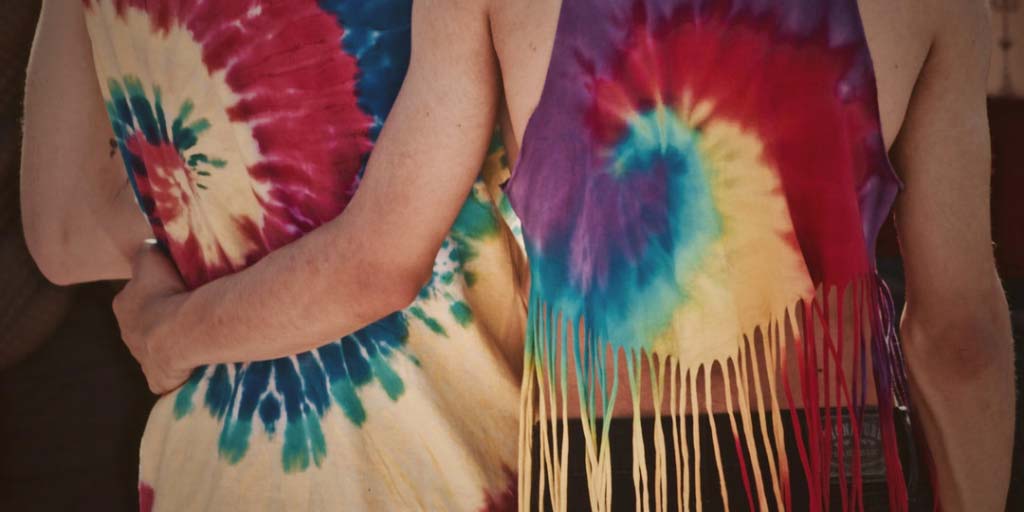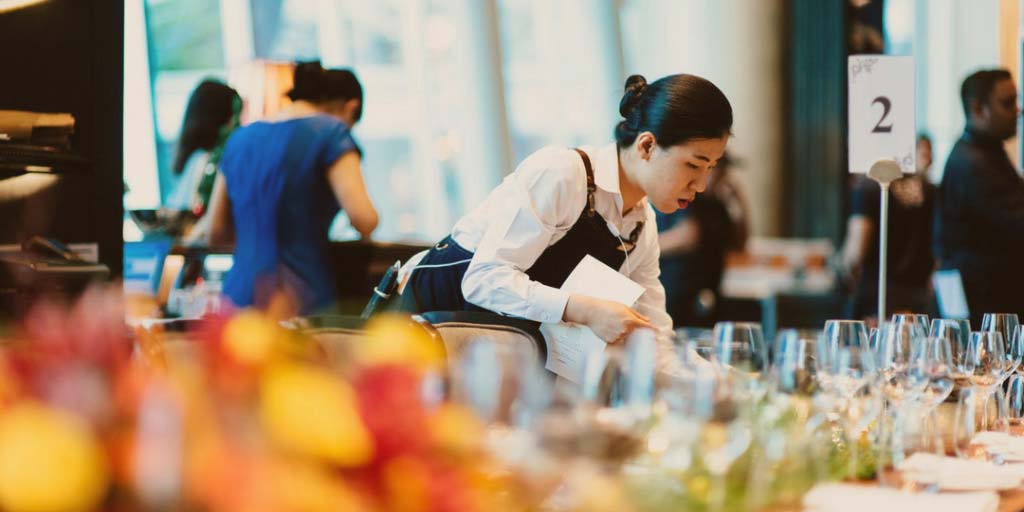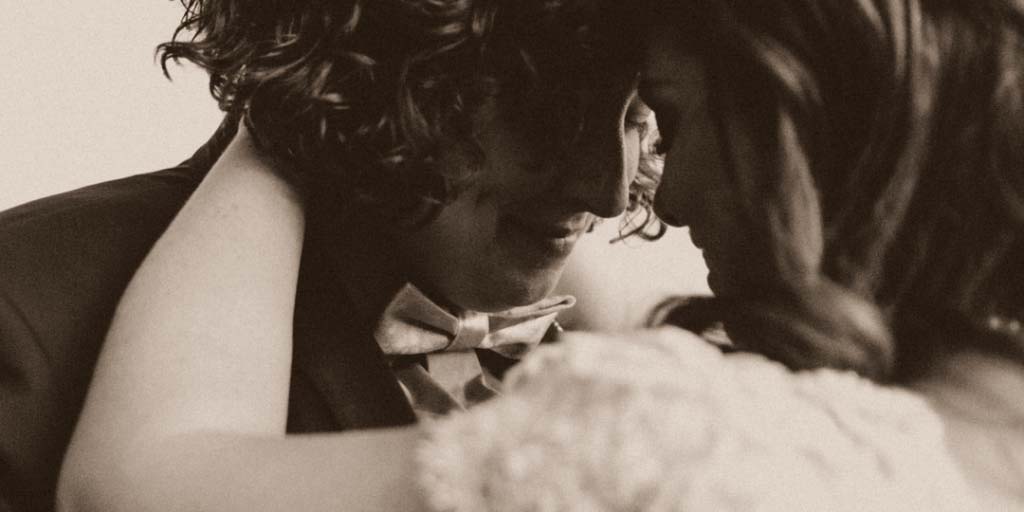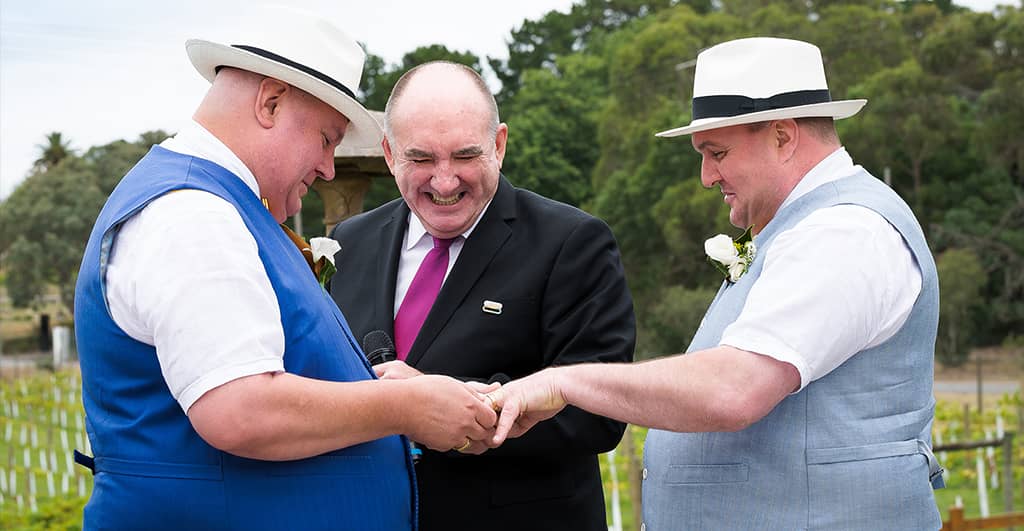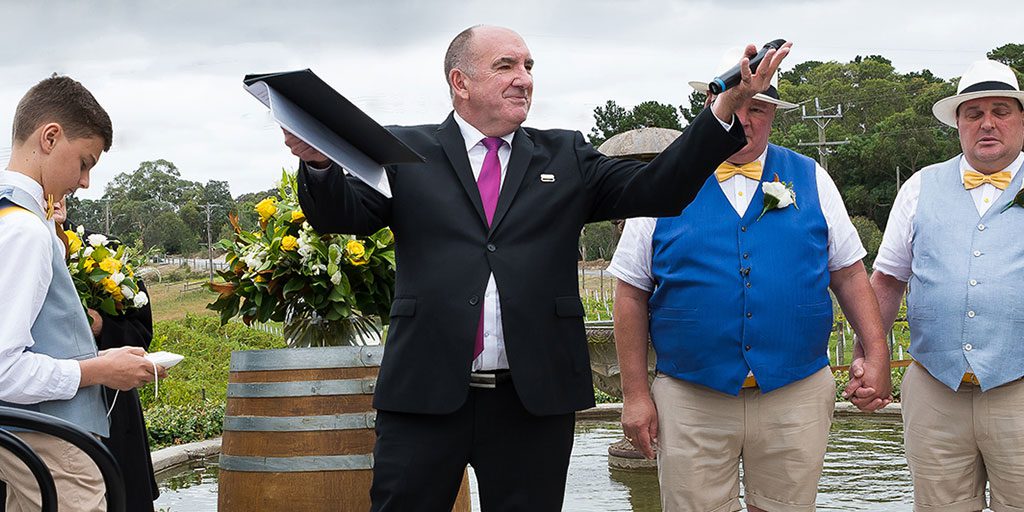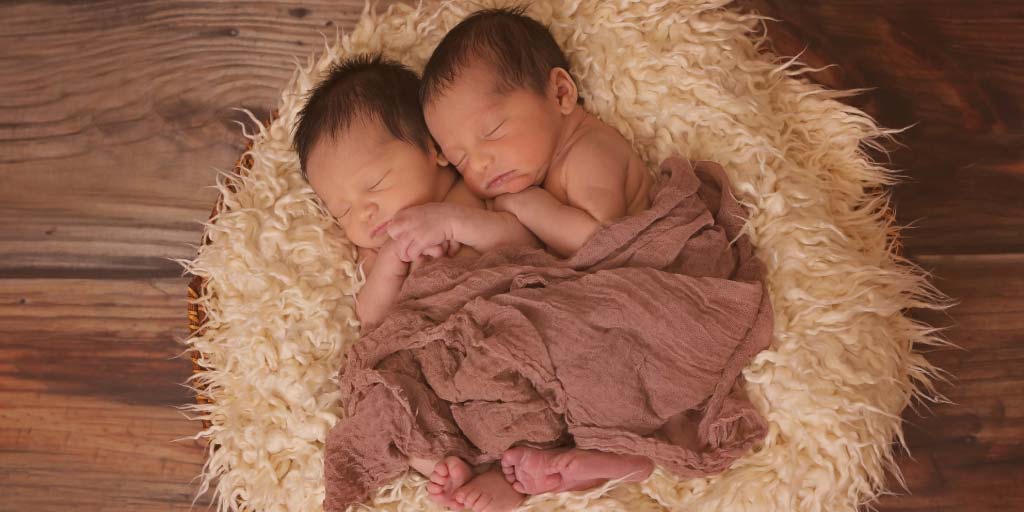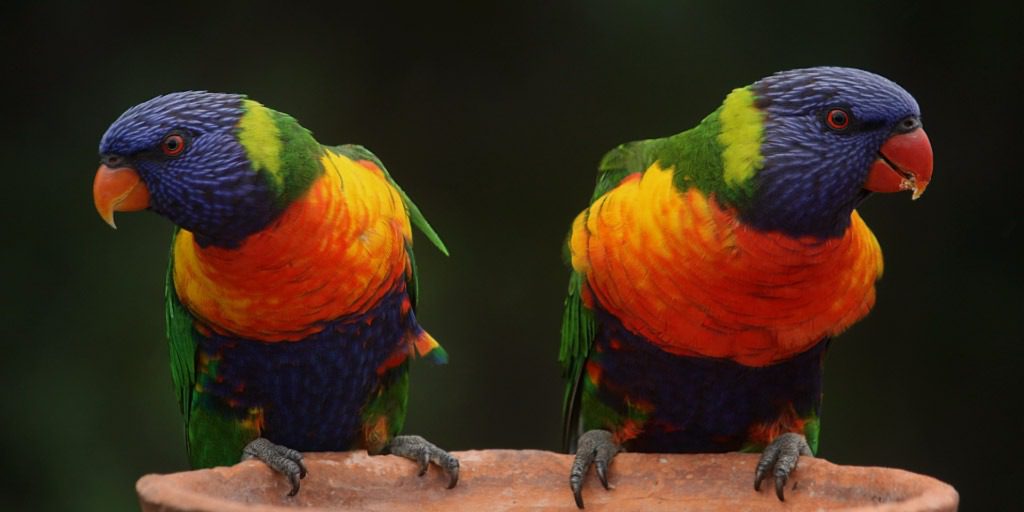
8 Statistical Facts About Same Sex-Marriage & Couples in Australia
Since the historic day of 9 December 2017, when the marriage equality law was passed in the Australian Parliament, there’s been no looking back. The momentum of same-sex marriages has been building up ever since.
Find out more on How To Get Married in Australia – For LGBT Couples
Here are some interesting same-sex marriage statistics for Australia:
What is same-sex marriage?
Same-sex marriage is the legal union of two people. The history of same-sex marriage is not something new; it was mentioned in the early first century and subsequently got banned in the 4th. Same-sex marriage was legalised again in the first country in the early 21st century and is available in 30 countries today.
The recognition of same-sex marriage is considered a human or civil right today. Same-sex weddings are seen to be more egalitarian; there are no gender-defined boundaries or rituals that otherwise tend to constrain people in straight weddings. Same-sex weddings are notorious for how fun, vibrant, emotional and out of the box they are.
What was the first country to legalise same-sex marriage and when?
- Alaska and Hawaii were the first states in the US to ban same-sex marriage – in 1998.
- Even though marriage equality wasn’t legalised anywhere on the globe until 2001, sitcoms like F.R.I.E.N.D.S & Roseanne featured same-sex marriages in 1995 & 1996 respectively.
- The Netherlands was the first country to legalise same-sex marriages in 2001.
Countries such as Sudan, Iran, Pakistan and Saudi Arabia currently execute LGBTIQ people and are a long way from having marriage equality.

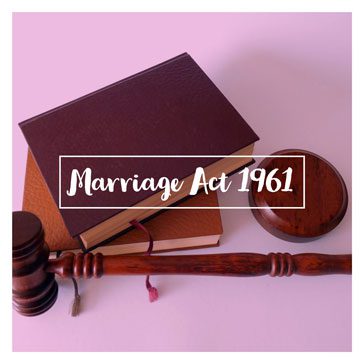
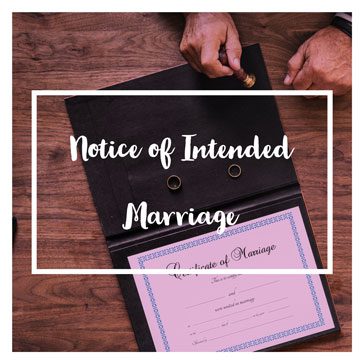
Is Same-Sex Marriage Legal in Australia
Yes. Same sex marriage is legal in Australia. That means that any two people from anywhere in the world are able to get married in Australia as long as they meet the usual legal requirements.
In 2004, the then conservative Australian Prime Minister amended the Australian Marriage Act 1961, and banned gay couples from marrying. After 13 years of LGBTIQ people fighting for the right to get married, it was in 2017 that the Australian government directed the Australian Bureau of Statistics to conduct a postal survey, asking eligible Australians to record their vote on whether or not same sex couples should be able to marry. 61.6% of eligible Australians voted “yes”. In this way, Australia became the 25th country in the world where marriage equality – same-sex marriage – became a legal right.
Same-sex marriage became law in Australia on 9 December 2017. The first same-sex wedding took place on 15 December 2017, with a couple having their application approved for a ‘shortening of time’ to get married. Same-sex marriage is now legal in all Australian states and territories.
Interested to contribute to my blog?
History of Same-sex Marriage in Australia
- 1960 – Uniform national marriage legislation got introduced by Attorney general of the Liberal Party of Australia.
- 1961 – The Marriage Act 1961 passed with an attempt to insert a definition of marriage.
- 2004 – Express prohibition by the Howard Government.
- February 2012 – 2 bills to allow same-sex marriage in Australia got introduced in the 43rd amendment.
- September 2012 – The House of Representatives voted against passing its same-sex marriage bill by a margin of 98-42. The very next day, the senate also voted down its same-sex legislation by 41-26.
- March 2013 – Former Labor prime minister Kevin Rudd announced his support for a same-sex marriage bill. He came back to the prime ministership and promised to introduce same-sex marriage legislation within 100 days if Labor won the federal election, by granting its members a conscience vote.
- 2013 – The Australian Capital Territory passed a same-sex marriage law. The High Court annulled it based on inconsistency with the federal law.
- December 7th, 2017 – An act that legalised same-sex marriages passed in the Parliament. The very same law received royal assent the following day. And then, on 9 December 2017, marriage equality in Australia became the reason for worldwide applause.
What does same-sex marriage law say?
Terms used at weddings have changed. For example, in their legal marriage vows couples can now say ‘spouse’ or ‘partner in marriage’ instead of ‘husband’ or ‘wife’.
If particular churches do not want to conduct a same-sex marriage, they don’t have to. (They can also choose not to rent their community hall and other facilities to same-sex couples.)
Same-sex marriage law is more defined and inclusive.
There are two types of celebrants today in Australia. There are religious celebrants, who may choose not to conduct a marriage ceremony if it’s against their religious beliefs.
Any celebrant who started practice after December 9th, 2017, cannot say no to gay marriages.
These celebrants – and the marriage celebrants who chose to embrace marriage equality – are called civil marriage celebrants.
The law doesn’t allow wedding suppliers such as bakers, taxi drivers, florists etc. to refuse service to a same-sex couple. To do so is discriminatory and against the law in Australia.
Same-sex weddings are notorious for how fun, vibrant, emotional and out of the box they are.
– Bronte
What is the Notice of Intended Marriage (NOIM) and who can lodge it?
Any two people over the age of 18 years can get married, as long as they as not already married to anyone else, are not in a prohibited relationship, understand the concept of marriage, and are able to give informed consent to marry. If one party is aged between 16 and 18 years, they must have a court order authorising the marriage. The Notice of Intended Marriage must be completed, then signed in front of a designated witness, and lodged with a registered marriage celebrant at least one month prior to the marriage.
Same-sex marriage in Melbourne is hassle-free and organised; your celebrant takes care of all the legal requirements. In order to begin the marriage paperwork process, a couple needs to complete the details of the NOIM and then lodge the NOIM with an authorised celebrant at least one month before the wedding date.
If living in Australia, both parties should sign the NOIM in front of an authorised marriage celebrant, justice of the peace, police officer, legally qualified medical practitioner or a solicitor or barrister. It can be posted or emailed or sent as a photo to the authorised celebrant. The date that it is received by the authorised celebrant is the date of lodgement – and the one month period begins on that date.
If the parties are living outside Australia, the process is also simple: both parties should sign the NOIM in front of an authorised witness: an Australian Consular Officer, an Australian Diplomatic Officer, a notary public, an employee of the Commonwealth authorised under paragraph 3(c) of the Consular Fees Act 1955, or an employee of the Australian Trade Commission authorised under paragraph 3(d) of the Consular Fees Act 1955. The couple can then post or email or send as a photo the signed and witnessed NOIM to the authorised celebrant. The date that it is received by the authorised celebrant is the date of lodgement – and the one month period begins on that date.
Fact 1: 46,800 same-sex couples live together in Australia
This number, collected in the 2016 Census, is a significant rise of 39% since the 2011 census. Data on Australia’s same-sex couples got collected for the first time in 1996, and the number has quadrupled since then.
This sudden rise in number is because of people’s willingness to identify themselves and accept being in a same-sex relationship. One could also say the improvement in the rights of same-sex individuals is another factor. However, it’s also fair to say that the data may be an under-representation of the true number of same-sex couples: there remains in the LGBTIQ+ community a distrust of government agencies, and of what may happen to the data collected. For that reason, many same-sex couples prefer to remain closeted – at least to the government.
It was evident that out of those who identified as same-sex in the census, most were young adults aged between 20-29. There has been a consistent pattern of more males over females identifying as same-sex from 1996 ‘til 2016.
Same-sex couples accounted for 0.9% of all couples in Australia, up from 0.7% in 2011
Fact 2: Where do same-sex married couples live in Australia?
In 2016, the same-sex community accounted for about 1.4% of all couples in the Australian Capital Territory, the highest proportion in any state or territory. The following highest percentages were in New South Wales and Victoria, where same-sex couples accounted for about 1% of the whole state’s population.
What’s interesting is, more than 63% of same-sex couples stayed in New South Wales and Victoria, this is when it got compared to 57% of all couples exiting from those states.
- Same-sex couples are more likely to live in capital cities when compared with other cities that are farther away.
- The ratio is 1% of all couples in capital cities and 0 .6% of all couples in non-capital cities.
- The proportion of same-sex couples is highest in Canberra and Sydney and lowest in Perth and Adelaide.
- 7 out of the 10 suburbs preferred by both male and female same-sex individuals are in inner Sydney.
Fact 3: How old are same-sex couples in Australia?
Interestingly enough, people in same-sex relationships were noted to be younger than their counterparts in opposite-sex relationships. The median gap between the two types is about 8 years, 40 years for same-sex couples and 48 for opposite-sex couples.
The percentage of individuals above the age of 50 in same-sex couples was 73% and much less in the case of opposite-sex couples; 53%. Only 5.3% of all same-sex couples are older than 65 years.
This number is much higher in the case of the latter, 20%. It is possible that the marriage equality legislation of 2017, encouraged numerous Australians to come out about their sexuality.
The proportion of partners in a same-sex couple above the age of 50yrs has increased from 9.2% to 27% between 1996 and 2016. This signifies that more people are willing to disclose their sexual identity, thanks to improved legal rights for the same-sex population.
Fact 4: How many same-sex couples in Australia have children?
Most Australian couples (95%) and most same-sex couples (98%) live in single-family units. The percentage of same-sex couples with children increased from 11% to 15% from 2011 to 2016.
Female same-sex partners were much more likely to have children than their male counterparts.
The percentage was 4.5% for male same-sex couples, 25% for female same-sex couples and 55% for opposite-sex couples.
Same-sex couples, on average, had fewer children living with them compared with opposite-sex couples. In total, there were around 10,500 children aged under 25yrs of age living with same-sex couples in 2016. Children in same-sex couple families accounted for about 0.2% of all children in families.
Fact 5: 57% of same-sex couples reported to have no religion
People in same-sex relationships are more likely to not believe in any religion – in fact, 57% are in this category. Approximately 32% identify as Christian. This is in contrast to what opposite-sex couples believe – 59% say that Christianity is their religion. The proportion of people in same-sex and opposite-sex relationships, who claimed not to have any religion, also increased from 2011 – 2016. The statistics rose from 48 to 57% in same-sex couples and 21% to 28% in opposite-sex couples. These individuals are more likely to follow Buddhism or Hinduism or Islam instead.
Fact 6: Same-sex couples tended to be more highly educated than people in opposite-sex relationships
Same-sex partners (7.6%) are more likely to be in college or university compared with opposite-sex partners (2.9%). This means participants in same-sex relationships seem more educated than opposite-sex couples.
The percentage of a same-sex individual with a bachelor’s degree or higher is about 45%, compared with 29% for opposite-sex couples. Same-sex couples (12.4%) are more likely to have a post-graduate degree than opposite-sex couples (6.8%).
Fact 7: Where do same-sex couples work in Australia?
Because of their educational background, same-sex individuals (87%) are more likely to be engaged with the labor force compared with their opposite-sex counterparts (69%). This could be because of the younger age group of same-sex individuals.
The percentage of male same-sex individuals in the workforce was 87%, similar to the percentage of female same-sex individuals (86%) in the workforce. This was in contrast to opposite-sex couples where the male counterpart was more likely to be employed than the female, 75% over 64%. More than 51% of same-sex couples worked as managers or professionals compared with 40% in opposite-sex couples.
Subsequently, same-sex couples appear to be earning more and living more financially stable lives than their opposite-sex counterparts.
Same-sex couples are more likely to prefer a dwelling that is rented (39%), compared with opposite-sex couples (23%).
Fact 8: Unpaid domestic work gets equally shared between same-sex partners
Same-sex couples are more likely to share the load of unpaid domestic work in the household. In female same-sex relationships, 57% of couples did the same amount of work. In male same-sex relationships, the figure was 56%.
However, in opposite-sex couples, women are more likely to be bearing the responsibility of unpaid domestic work. In 2016, nearly 54% of couples said the women did most of the unpaid work. In 7.3% of opposite-sex couples, the men did more unpaid work than the women and in 39% of opposite-sex households, men and women shared the load equally.
Error: No feed found.
Please go to the Instagram Feed settings page to create a feed.

